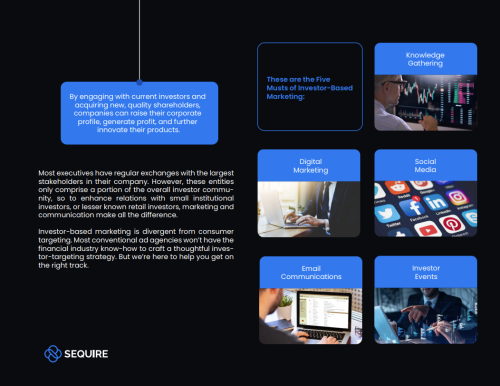IR teams are being encouraged to understand how artificial intelligence (AI) will change their business, their investment story and their IR practices, according to a recent report from NIRI.
The US IR association convened a group of leading IR professionals to discuss the influence AI currently has on IR professionals and how that will continue to evolve.
Whether it’s analysts looking at satellite imagery of mines or shipping containers, data scientists reviewing the sentiment a management team unconsciously communicates through specific word choices, or concerns around automated financial journalism, NIRI’s Think Tank on Artificial Intelligence makes the case for IR professionals to learn more about AI.
Speaking to IR Magazine, NIRI’s president and CEO Gary LaBranche says: ‘The lesson here for the IR community is to understand what AI can do and what it can’t. Understand AI in the sense of how it can gather information about everything your company does and produces over a long period of time.’
LaBranche says he has talked to IR professionals who have realized that their analysts may have a more up-to-date understanding of their company’s performance by tracing AI models. This informs the first of four key recommendations NIRI’s think tank provides. They are:
- Understand and adapt to how AI is being used externally
- Centralize external communications
- Determine how to use and benefit from AI internally
- Proceed responsibly and ethically.
The NIRI think tank is intended to spark conversation and debate about how mega-trends will affect the IR profession, LaBranche says. While the above recommendations are included, the intention of the report is to identify questions and topics for IR professionals to go away and think about for themselves or discuss with their peers.
One of the questions at the heart of the investment community’s use of AI is how useful it really is. There is clearly value for some investors in monitoring satellite imagery of mining facilities or tracking shipping containers to determine the effectiveness of a company’s supply chain. But as the speed of technology innovation increases exponentially, portfolio managers are still limited by one resource: their own time to consume these datasets along with their traditional high-value interactions with company management and other sources of research.
LaBranche and the members of NIRI’s think tank project – which was spearheaded by Sam Levenson, CEO of Arbor Advisory Group, Q4 CEO Darrell Heaps and Dennie Kimbrough, investor relations manager at Microsoft – also highlight the need to understand bias in the development of AI tools.
‘There are biases embedded in AI and one of the most important lessons for the IR community to learn is how data is used to power the predictions AI makes,’ LaBranche says. ‘People make decisions about what kind of data is important and how it’s applied. It’s an important thing for [IR professionals] to consider: they can affect the AI that is being applied to their companies.’
NIRI members will continue to discuss the role AI will have on the IR profession today during day two of the Big I virtual conference.










